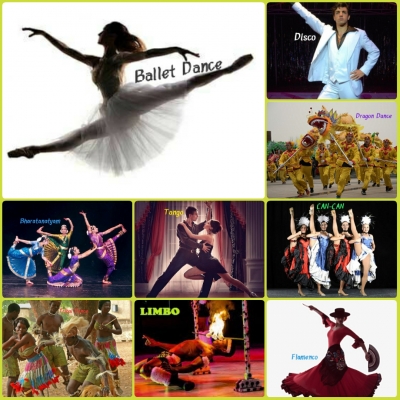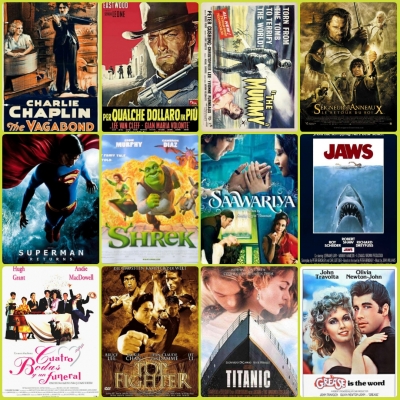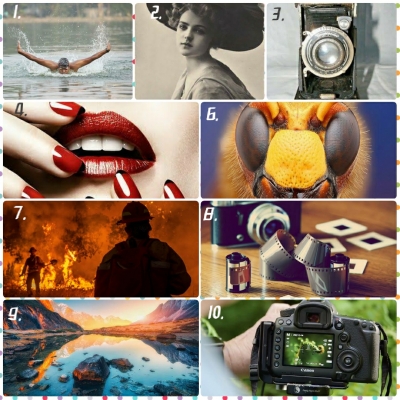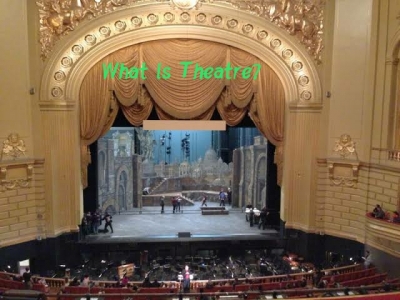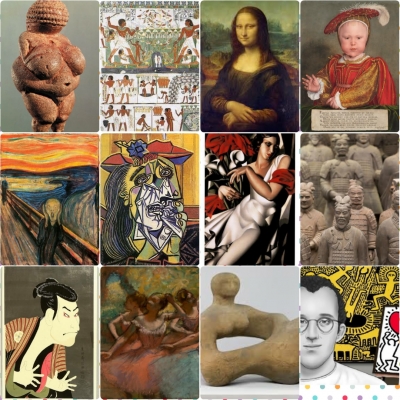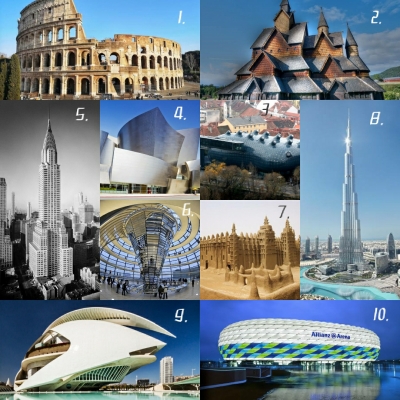What’s the definition of orchestra?
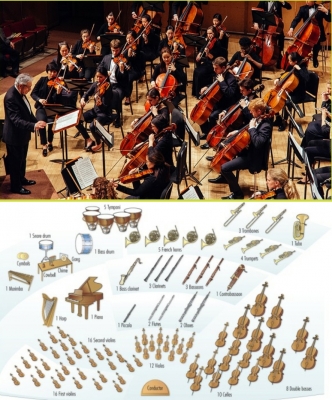
ORCHESTRA
An orchestra is a large group of instrumental musicians playing together under the direction of a conductor. Orchestras usually include four sections: percussion, brass, woodwinds, and strings. Players of similar instruments sit together, with the conductor keeping time up front.
- PERCUSSION: These instruments make sounds when struck, and include items that can be tuned to different notes (glockenspiels and xylophones) as well as those which cannot (drums, cymbals, and triangles).
- BRASS: Blowing air through hollow brass tubes produces sound in instruments such as trumpets and French horns. The note is changed by pressing down valves.
- LOW BRASS: Trombones, bass trombones, and tubas play the middle to lower brass notes in the orchestra. The trombone has a slide that moves up and down to change the note. The tuba plays the lowest notes, which boom out from its bell-shaped end.
- WOODWINDS: This section of the orchestra includes piccolos, flutes, clarinets, bass clarinets, oboes, English horns, bassoons, and contrabassoons. Players blow air over a hole or through a reed to make notes.
- TIMPANI: These percussion instruments are giant copper bowls with skin-like heads struck by wool-topped sticks. They are also called kettledrums.
- HARP: A harp has a triangle-shaped wooden frame with 47 strings attached. The harpist plays the high notes on thin strings and the low notes on thicker ones.
- VIOLIN: There are more violins than any other instrument in the orchestra, and it is the smallest member of the string section. Players make notes by moving a bow across its strings.
- STRINGS: The strings often carry the melody (tune), and there are more string instruments than any other type in the orchestra. The section includes violins, violas, cellos, double bass, and harps.
- CONDUCTOR: The conductor stands on a raised platform in front of the players. The conductor’s main tasks are to lead the orchestra and keep everyone in time by waving a baton to the beat of the music.
Picture Credit : Google
